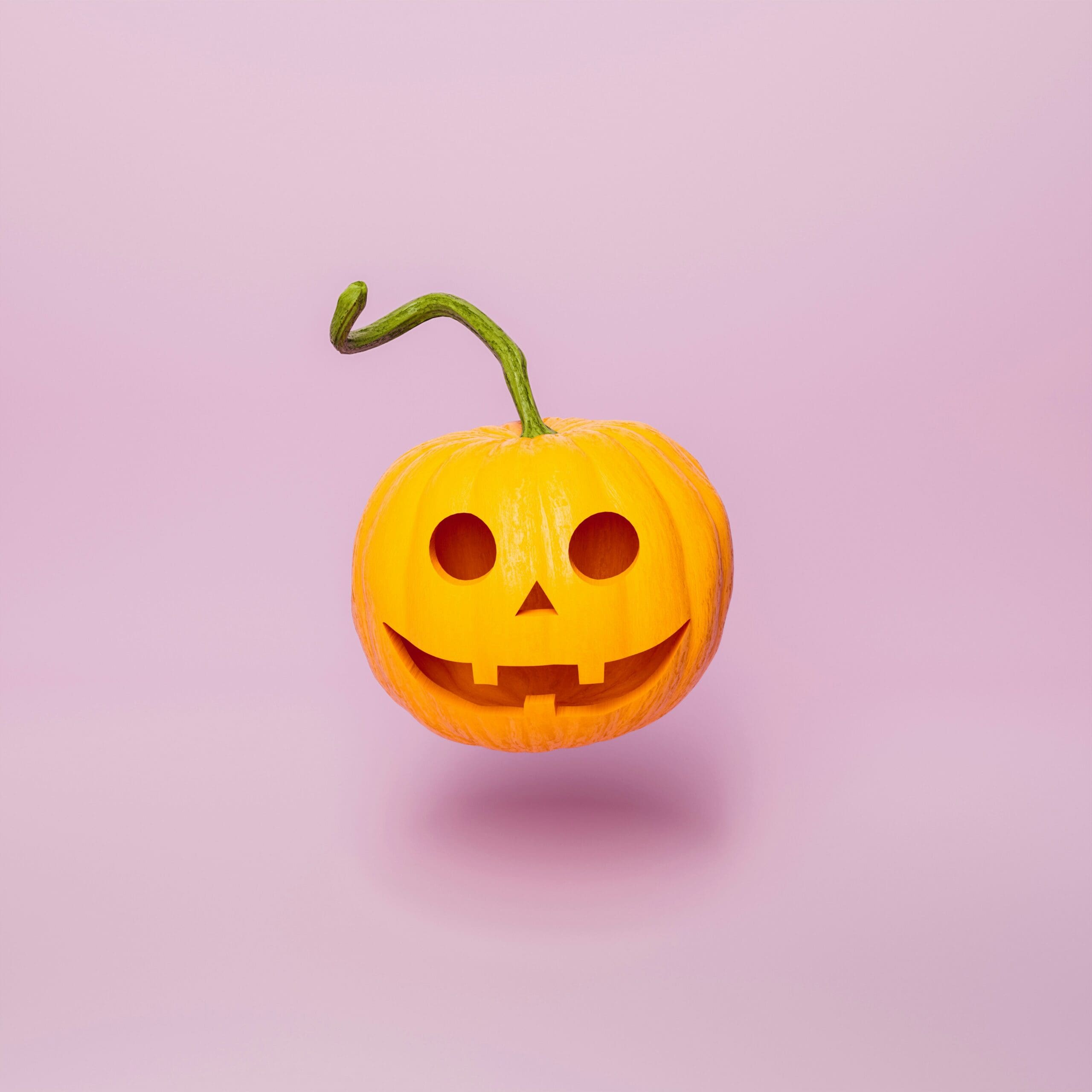Halloween is just around the corner, and while the excitement builds for costumes and pumpkin carving, it’s important for parents to stay mindful of safety. With kids running around and handling sharp tools, minor cuts and scrapes can happen. To help you be prepared, we spoke with Vancouver-based dermatologist Dr. Katie Beleznay about treating wounds, reducing scarring, and debunking common myths around healing. Read on for expert advice to ensure a safe and scar-free spooky season! —Noa Nichol
With Halloween activities like pumpkin carving and costume prep in full swing, what are some common safety tips parents should follow to help prevent cuts and scrapes in children?
When it comes to pumpkin carving, one of the safest options is to allow kids to design the pumpkins but have parents do the carving. Parents can also use this as an opportunity to demonstrate safe practices, including using the right tools such as leveraging specially designed pumpkin carving kits, which are often less sharp and easier to control. For some fun hands-on fun, the kids can help with removing the ‘guts’ of the pumpkin with their hands and saving the seeds for roasting later.
Similarly, when it comes to costume prep (specifically DIY costumes), kids may love deciding what they want to dress up as and helping design their dream costume with parental supervision.
When it comes to treating minor wounds, what are some common myths or misconceptions parents might have about the best ways to heal them?
There are a lot of myths when it comes to wound care and often these are things that people may have learned from their parents or grandparents, but today’s science and data tell us differently. A big misconception is the idea that letting a wound “breathe” or dry out will help it heal faster. Wounds actually heal better when kept moist and covered. Exposing the wound can increase the risk of infection and slow down the healing process. Another common myth is that cuts need to be cleaned with hydrogen peroxide or rubbing alcohol. In fact, while these products do disinfect the area, they are generally not needed and can damage healthy tissue and delay healing.
What are the most important first steps to take when a child gets a minor cut or scrape? How can parents ensure they create the optimal healing environment?
For minor cuts and scrapes, I recommend gently washing with mild soap and lukewarm water. If necessary, apply gentle pressure with a clean cloth or sterile gauze to stop bleeding. Once the wound has been cleaned, apply a layer of petroleum jelly to keep the wound moist and cover with a bandage.
Can you explain the latest technology or wound-care advancements that can help speed up the healing process and minimize scarring?
Two things that can help with wound healing and potentially reduce scarring are hydrocolloid dressings and silicon-based scar sheets. I like the new BAND-AID® Brand PRO HEAL™ bandage which has a hydrocolloid gel pad to create a moist healing environment and can help prevent the appearance of scars. After a wound has healed, silicone scar sheets may also be used to help minimize scarring.
Scarring is a concern for many parents. What are some effective methods or products that can be used to reduce the appearance of scars, especially after a minor injury?
The first key to reduce the chance of scarring is to follow the recommendations for moist wound healing or consider a bandage that creates a moist environment. After a wound has healed, silicone gel sheets can help hydrate the skin, flatten scars, and reduce redness. It is also important to keep the area protected from the sun to prevent discoloration, which can make scars more noticeable.
Some kids may have sensitive skin. Are there any specific products or practices you recommend for wound care that are gentle yet effective?
You can look for bandages that are designed for sensitive skin to avoid potential reactions or irritation. Opt for mild, fragrance-free soap or cleanser as well as fragrance-free ointments.
With kids being so active during Halloween, how can parents ensure that their child’s cuts or scrapes heal properly without reopening the wound or worsening the injury during play?
Kids are often active, and it can be a challenge, but some tips are to use adhesive bandages that are flexible. For larger cuts or areas prone to friction (like knees or elbows), consider using extra padding or gauze beneath the bandage for added protection. Be sure to check the wound to make sure it’s still clean and hasn’t been aggravated. Change the dressing as needed.

Be the first to comment